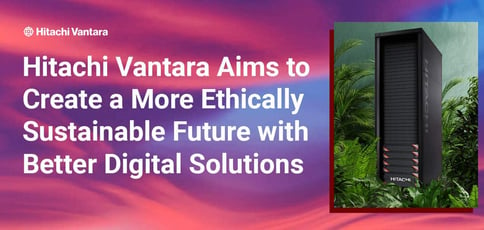
TL; DR: Hitachi is one of those companies that do just about everything — but more specifically, as part of the Japanese conglomerate, Hitachi Vantara is able to leverage its parent company’s more than a century of experience in operational technology (OT) and IT. Dan McConnell, Senior VP of Product Management and Enablement, says one of the company’s primary goals is to create a more sustainable future in the tech sector. Hitachi Vantara’s commitment to achieving net zero emissions by 2030 and providing sustainability consultation services to others makes its dedication to sustainability undisputed.
Before the Neolithic Revolution some 12,000 years ago, humans were nomadic hunter-gatherers who moved around in search of food and resources. But when farming became commonplace, we began establishing permanent settlements.
Fast forward to the Industrial Revolution in the 19th century, when technological advances accelerated civilization monumentally. This brought new energy sources, like coal and steam, and new modes of transportation, such as trains and steamboats. But as these technologies were shared and the American population grew, the demand for these resources did, too.
It wasn’t long before people started to understand the severe environmental consequences of coal. By the 1970s, with the inception of Earth Day, an environmental movement emerged, questioning the harmful impact of our energy production on the planet. As a result, several major acts, including the Clean Air and Clean Water Acts, were created.
Why am I giving you a history lesson? Despite the years of evidence, climate change has somehow devolved into a controversial topic.
Not only is there a correlation between technological advancements and climate change, but there’s causation. Energy use, for example, is responsible for 73.2% of global greenhouse gas emissions, far surpassing agriculture.
Among those energy suckers are data centers and the use of highly sophisticated technologies, including deep learning, artificial intelligence (AI), and edge computing.
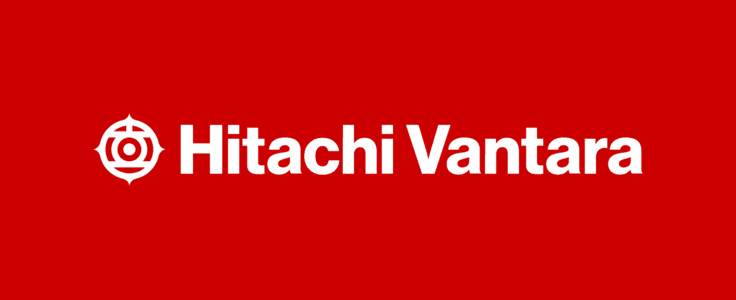
Leading Japanese conglomerate subsidiary, Hitachi Vantara, conducted a study and found that 40% of companies lacked a sustainability strategy, even with the rise of the cloud as a way to reduce CO2 emissions.
Obtaining net zero is something that’s important for many companies — but wrapping their heads around it is a whole different story.
“Achieving these sustainability goals is still decades away on average for many organizations,” said Dan McConnell, Senior VP of Product Management and Enablement of Hitachi Vantara. “Clearly, it’s something that’s evolving and is very important to these companies, but people are still looking for the best practices.”
Hitachi Vantara provides environmental solutions, collaborates on climate change initiatives, and sets goals for carbon neutrality. Its work on data infrastructure sustainability includes the role of data centers in accelerating the green transformation.
Hitachi Vantara’s Data-Driven Solutions
Sustainability in tech is a trend, but it’s no fad. And yet, so many companies are unaware of how to reduce their roles in contributing to climate change.
“To get to net zero, companies have to establish strategy and implementation plans with leadership buy-in, which takes a data-driven approach across the entire IT estate,” explained Dan. “We’ve begun adhering to stringent internal protocols to design and develop systems that consume less energy and emit less carbon.”
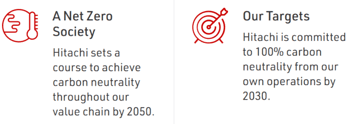
Now, with its data storage systems, Hitachi Vantara has reduced power consumption by 30% to 40% — while actually improving performance.
If Hitachi Vantara sounds familiar to you, that’s because it probably is. Hitachi Vantara is a globally recognized leader in data solutions and services and is trusted by more than 80% of Fortune 100 companies.
Beyond this, Hitachi Vantara is committed to reaching a net zero status by reducing its carbon footprint and promoting environmental sustainability through innovative data-driven solutions. It set a target to achieve carbon neutrality by 2030.
“When it comes to product efficiency, whether it’s in terms of power usage or data optimization, we prioritize making the most efficient footprint,” Dan added.
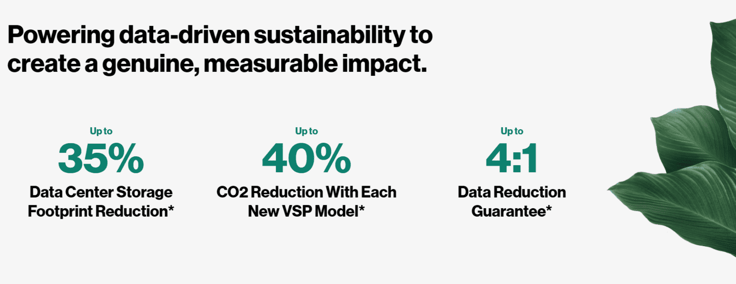
For example, its products are manufactured in Japan, a country that produces 89% less emissions compared to the leading emitters, China and the US. The company also holds the number-one ranking for Energy Star certification for mid-range storage systems.
Hitachi Vantara also has numerous sustainable projects in its portfolio.
It has aided Bartle Frere Bananas, a major banana farm in Australia, to use data-driven horticulture and smart irrigation to reduce water consumption and improve crop quality. It’s also contributed to the world’s largest electrical vehicle trial in London, which aims to reduce emissions and pollution from commercial vehicles.
Harnessing Sustainability Without Compromising Security
Hitachi Vantara’s distribution center in the Netherlands was purposefully designed to be eco-friendly from the ground up. It operates as an energy-neutral facility and serves as the largest unsubsidized solar project in Europe.
“Inside the facility, we have implemented measures to reduce waste going to landfills by utilizing biodegradable and eco-friendly materials in packaging,” Dan added.
Hitachi Vantara continues to adapt its products and data centers — such as a recent data center modernization that reduced its footprint by 58% and power usage by 50% — to be more sustainable.
“We achieved a 58% reduction in our physical data center footprint and decreased power usage from 600 kilowatts to 300 kilowatts while increasing data center infrastructure efficiency,” Dan explains.
Of course, cybersecurity is also a point of contention. The company was able to reduce this power usage while also consolidating it onto a centralized infrastructure with built-in cyber resiliency capability.
“It’s a win-win situation: We’re adding new cyber resiliency features while simultaneously consolidating and reducing our carbon footprint,” said Dan.
Hitachi Vantara also provides consultation services to help assess companies’ environmental impact, identify areas for improvement, and develop customized sustainability strategies.
You can get your own CO2 rating on its website before talking with the team, whether it’s about optimizing your data centers, implementing IoT solutions, or adopting renewable energy resources.
Is Carbon Neutral Possible Amid the Age of AI?
The age of AI/ML and edge computing is forcing people to think about what’s sustainable.
Edge computing collects vast amounts of data and requires significant data storage. This range of networks and devices also have to be able to access and transfer large amounts of data quickly, otherwise latency becomes an issue.
AI/ML also relies on large amounts of data to train and test their models, which is not only computationally intensive but also costs a lot of money to collect, store, and process properly.
More than 90% of surveyed Fortune 1000 companies are currently investing in big data and AI. Sustainability in tech is also foreseen to do extremely well, with 83% of surveyed tech companies saying they now report on sustainability.
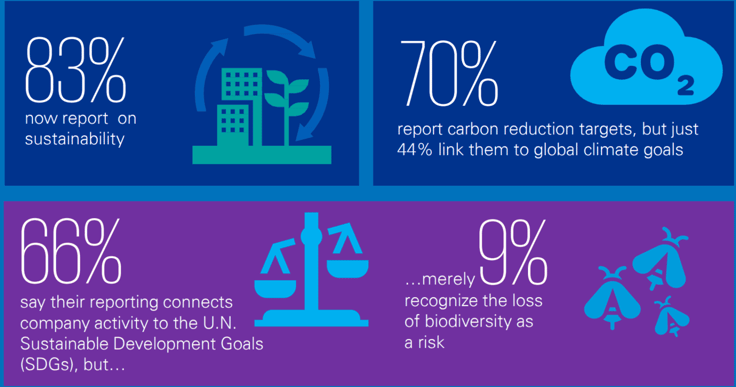
But one expert says that, while it’s true the tech sector fares well in terms of sustainability reporting metrics, it falls short of certain standards.
These investments opened up dangerous territory. It’s estimated that training one big language model emits about 300,000 kg of CO2. That’s equivalent to approximately 125 round-trip flights between New York and Beijing.
Despite the current challenges, there is a growing recognition of the need for collaboration between the AI and climate science communities. Companies like Hitachi Vantara aren’t wasting any time, either.
“It’s safe to say we’ve got an exciting year ahead with several launches across the portfolio,” teased Dan.
Although Dan can’t say much externally ahead of launch, Hitachi Vantara intends to introduce technology-driven solutions aimed at reducing environmental carbon footprint and enhancing cybersecurity. These solutions will include management software capable of detecting potential threats and raising alerts.
They will be accessible across Hitachi Vantara’s enterprise products and mid-range offerings, with the objective of catering to businesses of all sizes.



